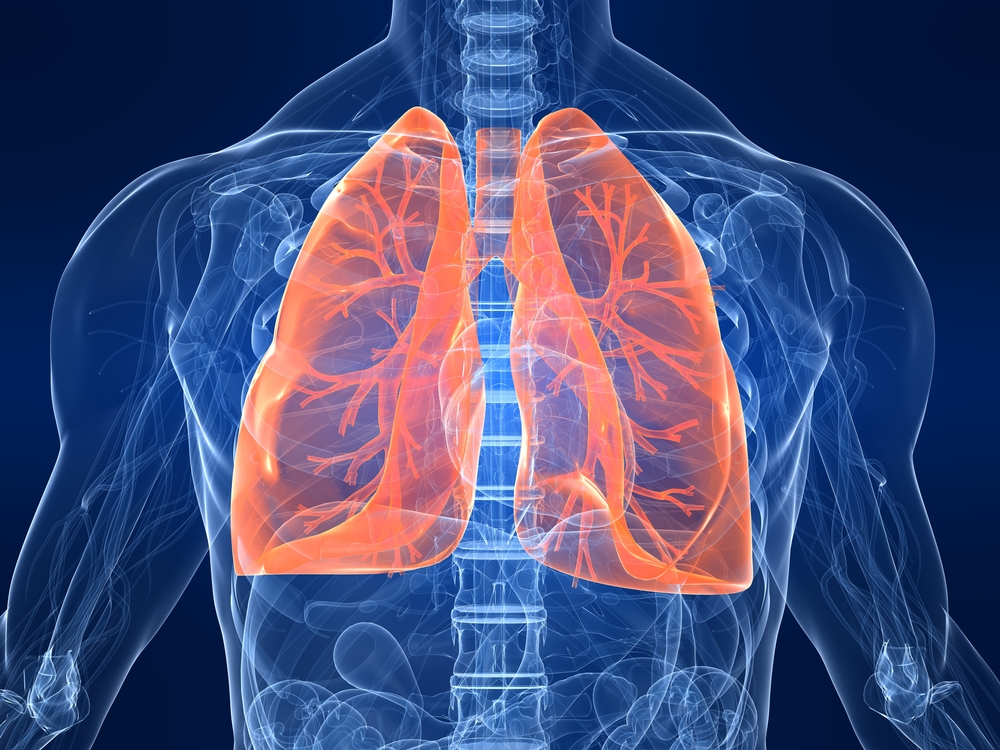KNOWLEDGE ENCYCLOPEDIA
AIR SUPPLY

Every minute, without you thinking about it or even noticing, your lungs take in about 15 breaths of air. This vital process of breathing keeps all the cells in your body supplied with the life-giving gas oxygen.
Oxygen is essential for life. Without it, the cells in your body would not be able to release the hidden energy trapped in food molecules. With each gulp of air, fresh oxygen is drawn deep into your lungs. The air is channelled through hollow tubes that branch into finer and finer passages. Finally, it reaches a dead end, formed by millions of tiny, bubble-shaped pockets that swell up like balloons as they fill with air. Oxygen passes through the walls of these air pockets and into the microscopic blood vessels that surround them ,to be carried away by red blood cells. The waste gas carbon dioxide travels the opposite direction, from the blood to the air pockets, to be breathed back out.
Inside the lungs
The lungs are spongy, lightweight that fills most of the space inside the chest, they are 10 percent solid and 90 percent air, making them so light that could float on water. The combined surface area of all the tiny air pockets inside the lungs is huge about 70 square meters (750 squad ft)
Which is 40 times the surface area of your skin. The surface area needs to be large so that as much oxygen as possible can be absorbed from the air with each breath.
HOW BREATHING WORKS
The lungs have no muscle. The suck in air and push it out again, they rely on the muscles around them. The diaphragm muscle does most of the work, but the rib muscles also help, especially when you breathe deeply.
AIR IN
The diaphragm contracts and pulls flat, and the rib muscles lift up the rib cage. The chest gets larger, making the lungs expand and suck in air.
AIR OUT
The diaphragm relaxes and springs upwards and the ribcage falls back down. The chest gets smaller, squeezing the lungs and pushing out air.
YOU BREATHE IN ABOUT 10,000 LITERS OF AIR EVERY DAY. (THATS ENOUGH TO FILL 1000 BALLONS)
LUNGS AND LOBES
Your right lung is slightly bigger than your left lung. It has three parts, while the left lung has only two. Like many parts of the body, lungs come in pairs. If one becomes damaged by injury or disease, the other acts as a backup., keeping you alive on its own.
NOSE
Most of the air we breathe travels through the nose inside the nose, hairs and sticky fluids trap dust and germs, preventing them from reaching the lungs.
MOUTH
When we're out of breath, we breathe through the mouth as well as the nose
GAS EXCHANGE
Because the lungs take oxygen from the air and release waste carbon dioxide, the air breath in is different from the air you breathe out . There is also a lot more water vapour in exhaled breath, from moisture turn into mist when you breathe out.



You must be logged in to post a comment.